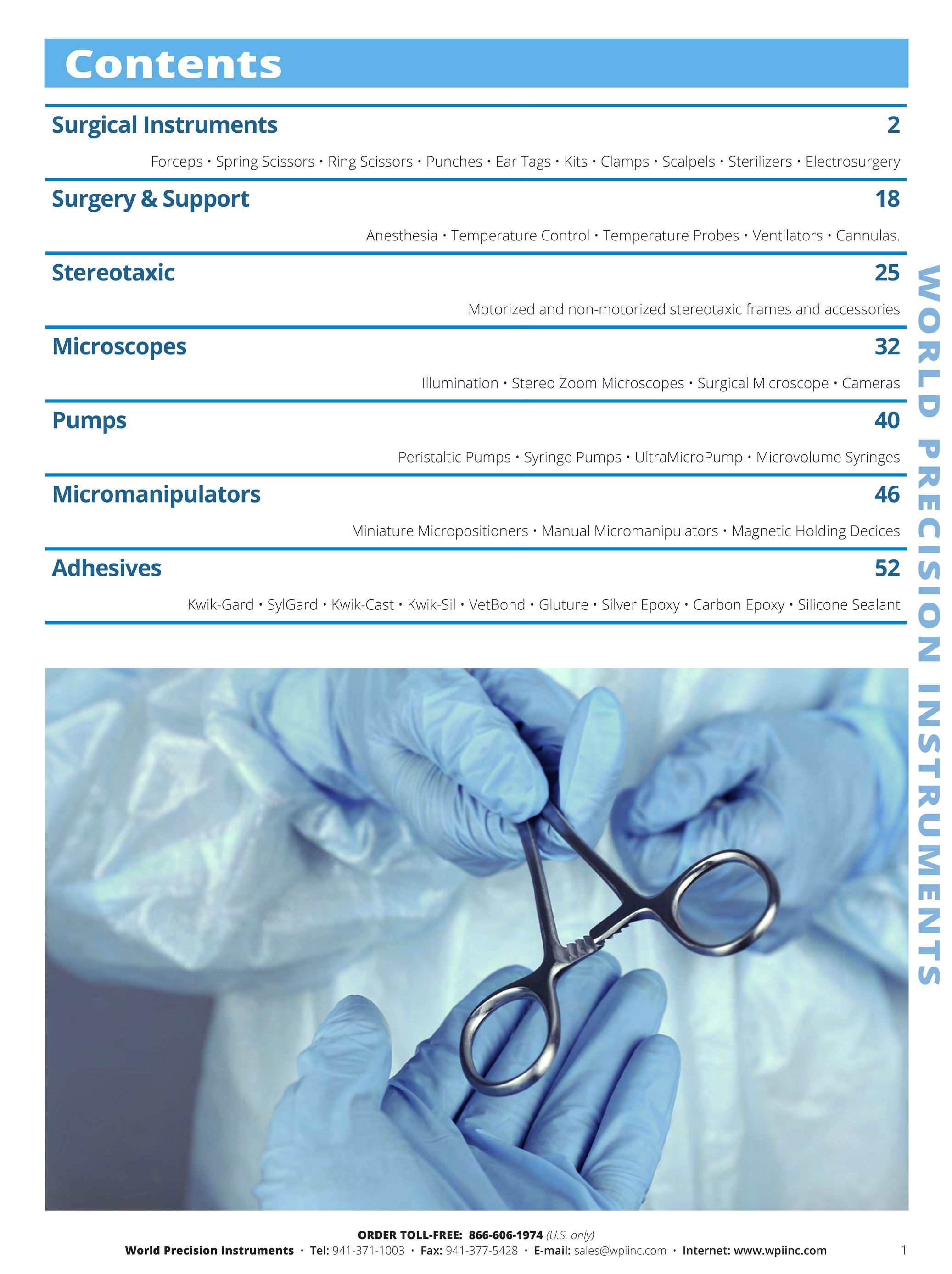Kwik-Sil™ is a translucent, medium-viscosity silicone adhesive, developed for chronic peripheral nerve studies such as anterograde tracing with fluorescent indicators or electrode recording. Good adhesion and mechanical properties (tear strength and elongation) allow days of study without breaking of the bonding. Curing speed is very reproducible.
Item#: KWIK-SIL
Kwik-Sil™ is a translucent silicone elastomer adhesive with medium viscosity. It has good adhesion and mechanical property (tear strength and elongation). The very short curing time (approx. 1 minute) make it especially useful for moving preparations. KWIK-CAST & KWIK-SIL SPECIFICATIONS Unmixed Kwik-Sil Kwik-Cast Mix Ratio 1:1 1:1.
- Kwik-Sil is a translucent, medium-viscosity silicone adhesive, developed for chronic peripheral nerve studies such as anterograde tracing with fluorescent indicators or electrode recording. Good adhesion and mechanical properties (tear strength and elongation) allow days of study without breaking of the bonding. Curing speed is very reproducible.
- KwikWood™ is a hand-mixable epoxy putty, formulated to repair and rebuild wood. After mixing, it cures to the same density as wood and becomes an integral part of the repair. For use on exterior or interior applications, it contains no solvents, will not rot, shrink, crack or pull away. KwikWood™ has a.
Ideal for neuroscience applications, nerve studies and more
- Bio-compatible adhesive for live tissue and nerve studies
- Pre-mixing tips simplify use (Includes 10 mixing tips)
- Medium strength adhesion
- Low toxicity
- Rapid curing silicone adhesive, cure on contact
- Cures without producing heat
- The kit comes with (2) cartridges of 2 part silicone
- Kwik-Sil dries clear; Kwik-Cast dries green
- Kwik-Sil dries a little faster than Kwik-Cast
Download Manual


Kwik-sil Epoxy Vwr
| Kwik-Sil | |||
|---|---|---|---|
| ITEM | Description | Price | Buy |
| Kwik-Sil | Each pack includes (2) 5ml syringes and a pack of 10 tips. | $120.00 | |
| 600022 | Additional tips, pack of 10 tips | $37.00 | |

KWIK-CAST Silicone Casting Compound (two 5-mL syringes)
KWIK-SIL Silicone Adhesive Compound (two 5-mL syringes)
| Kwik-Sil | Kwik-Cast | |
| Mix Ratio | 1 to 1 | 1 to 1 |
| Working Time | < 5 minutes* | 4 minutes |
| Setting Time (Room Temp., 1:1 Ratio) | 5–10 minutes** | <10 minutes |
| Cure Time | ~15 minutes | |
| Viscosity, CPS | 15,000 | 10,000 |
| Guaranteed shelf life at 23 °C | 6 months | 6 months |
| Volume | 5 mL | 5 mL |
| Number of mixing tip | 10 | 10 |
| Dead volume of the mixing tip | <0.12 mL | <0.12 mL |
| AFTER CURING 24 HOURS: | ||
| Tear strength, PPI | 90 | 44 |
| Elongation % | 650 | 60 |
| Durometer (Shore A-2) | 30 | 36 |
| Clore | translucent | green |
| Volume resistivity, W/CM | 1x1015 | 1x1015 |
* 3 minutes average with about 90 seconds of liquidity ** no longer mixable at this point | ||
Model labels: DetChannelAssby:1, DetChannelAssby:2
Kwik Sil Epoxy Putty
Kwik Sil Epoxy Resin
UV cement method

Kwik Sil Epoxy Adhesive
Note: applying UV light to cure UV cement will not harm the PMT photocathode. There have been problems when using UV cement with thick layers of cement (few hundred micron), resulting in permanent bubbles present between the lens and PMT, but the strategy below should not have such problems. It is currently untested, however.
A relatively foolproof way to do the PMT condenser lens bonding with UV cement would be to fill the gap between the condenser lens (flat, optical surface) and the PMT window with another piece of glass (index of refraction ~1.5), and then only use thin UV cement layers, like when bonding a doublet lens, between all the glass pieces. Pieces of coverglass would work fine for this. It would just be necessary to find the right thickness of the gap-filling glass, such that there aren't any air gaps, and the condenser lens doesn't have to rise up much beyond its normal seating position (shoulder touching the PMT housing). Two to three #1.5 coverglass pieces ought to do it. After assembling everything dry to test the thickness and fit of the filler, the filler pieces could be cemented to the condenser lens first, and then whole assembly would be cemented to the PMT.
